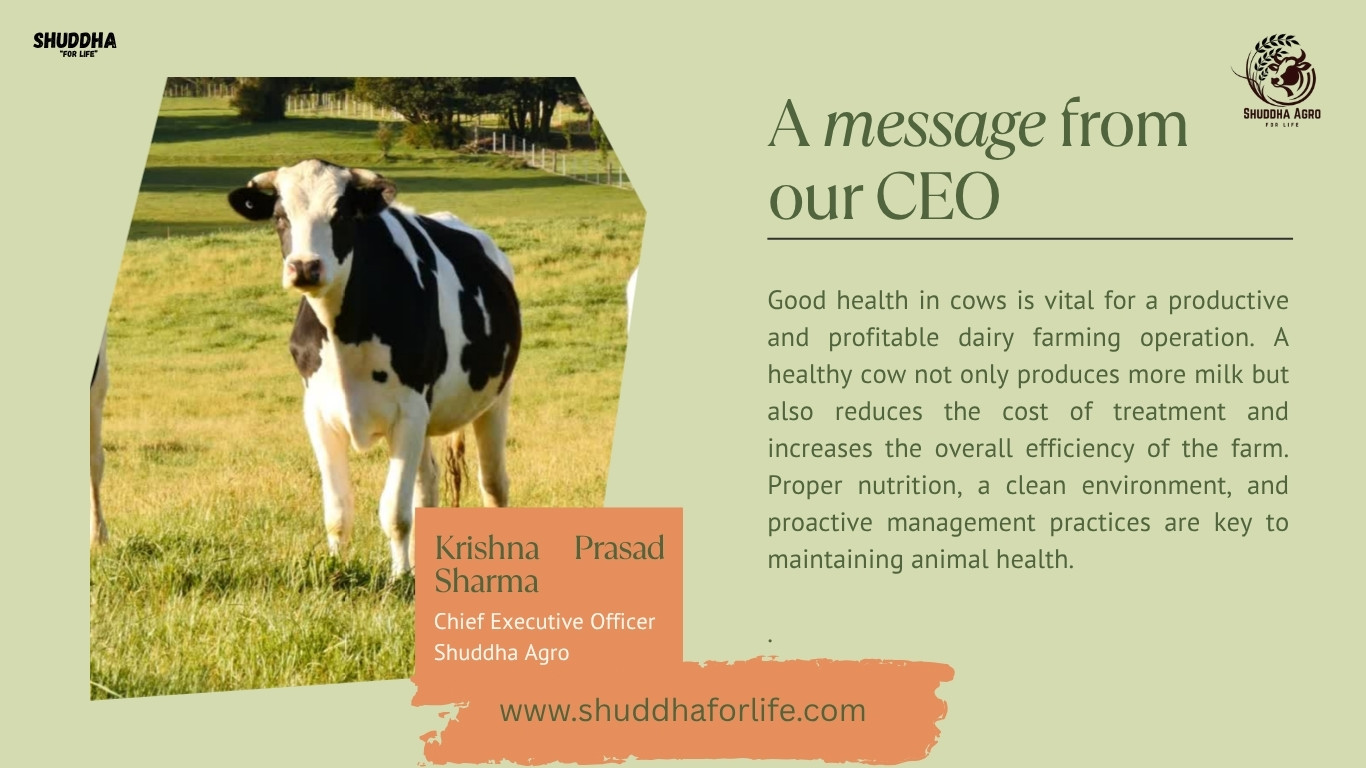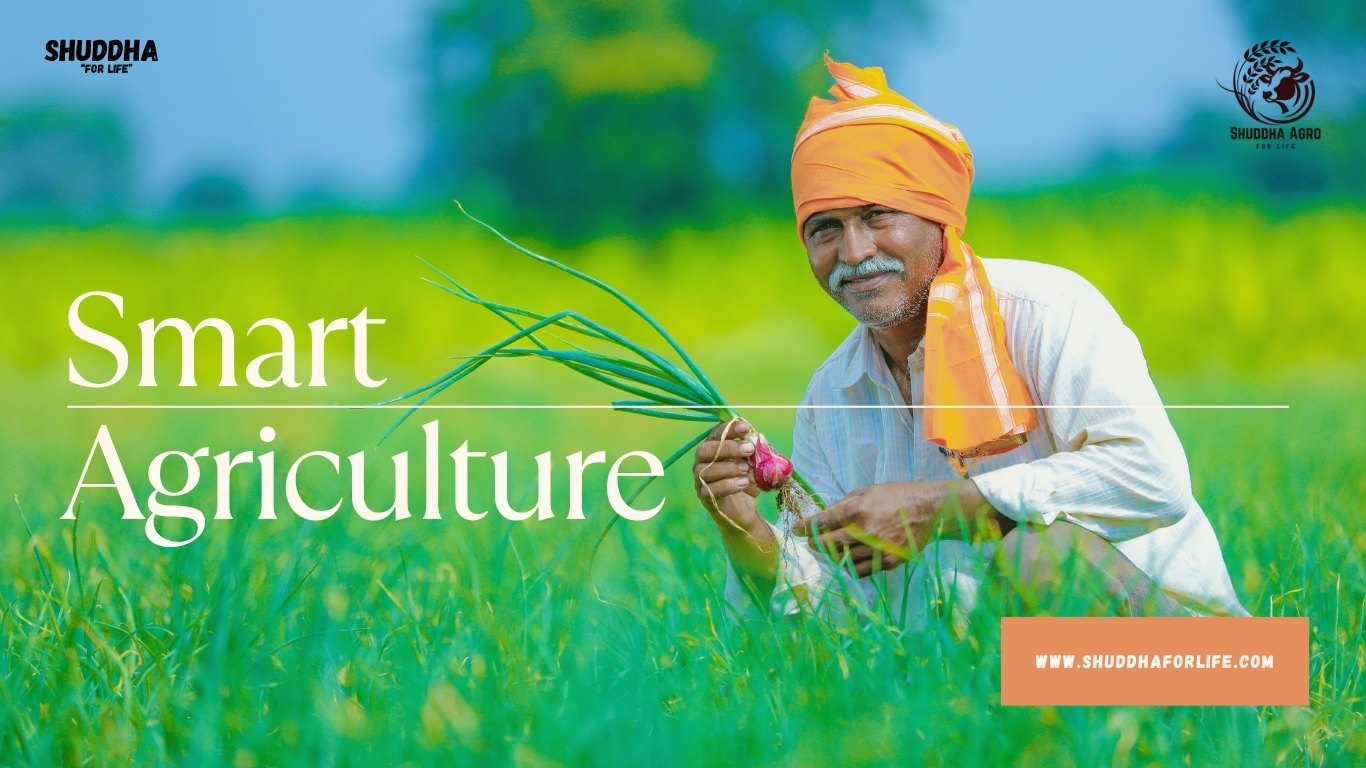Lumpy Skin Disease (LSD) in Cattle
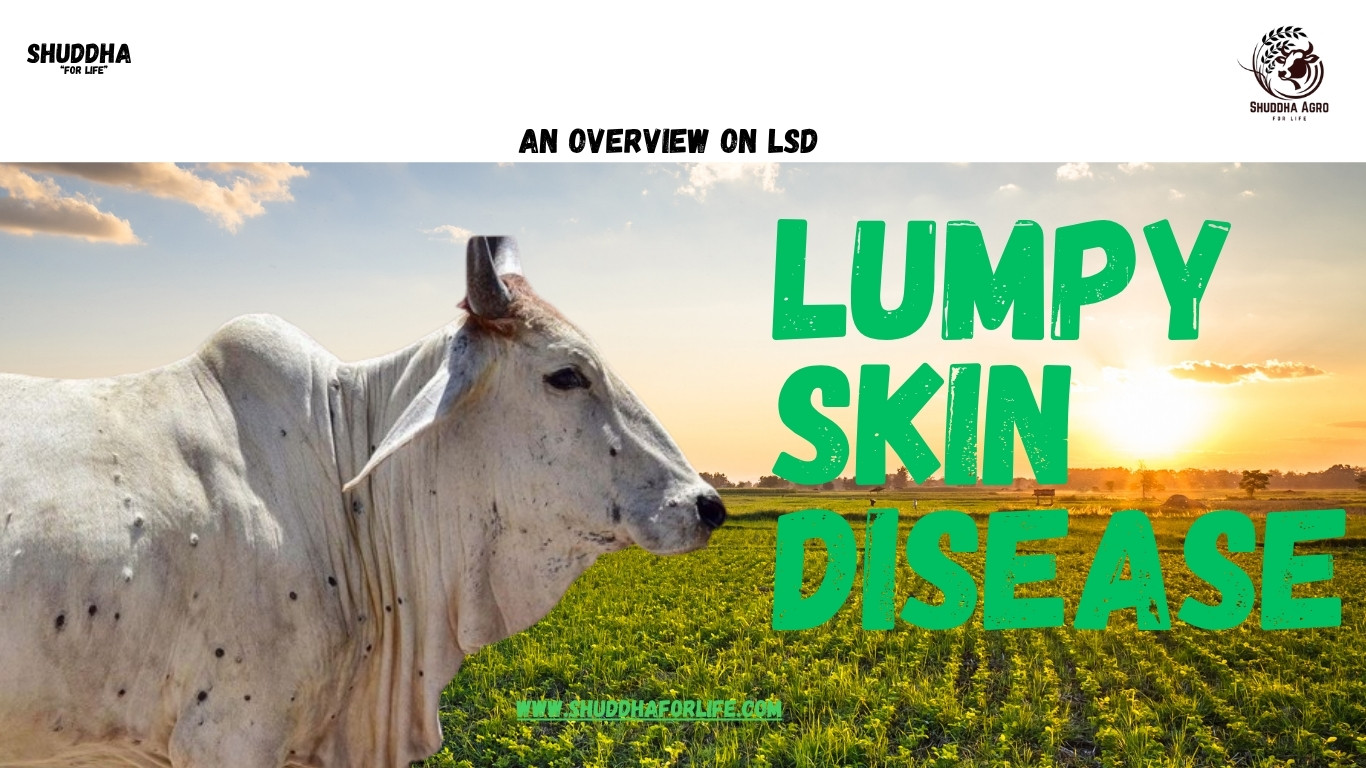
Lumpy Skin Disease (LSD) is a viral disease in cattle caused by the Capripoxvirus. It is characterized by fever, enlarged lymph nodes, and firm skin nodules that spread across the body. Although the disease rarely causes death, it leads to significant economic losses due to reduced milk production, weight loss, infertility, and hide damage.
Originally found in Africa, LSD has spread to many countries including Nepal, where outbreaks have increased since 2022. It affects both indigenous and crossbred cattle and is now a major concern for farmers across the Terai and hilly regions.
How and Why LSD Spreads Rapidly in Nepal
LSD primarily spreads through blood-feeding insects such as mosquitoes, flies, and ticks. During the monsoon season, the warm and humid climate in Nepal creates ideal conditions for these vectors. Other factors accelerating its spread include:
Uncontrolled cross-border cattle movement, especially from infected zones in India.
Lack of vaccination and awareness among rural farmers.
Poor farm hygiene and sanitation, leading to easy transmission between animals.
The virus does not usually spread through direct contact but through vectors, contaminated equipment, or handling by humans who interact with multiple animals.
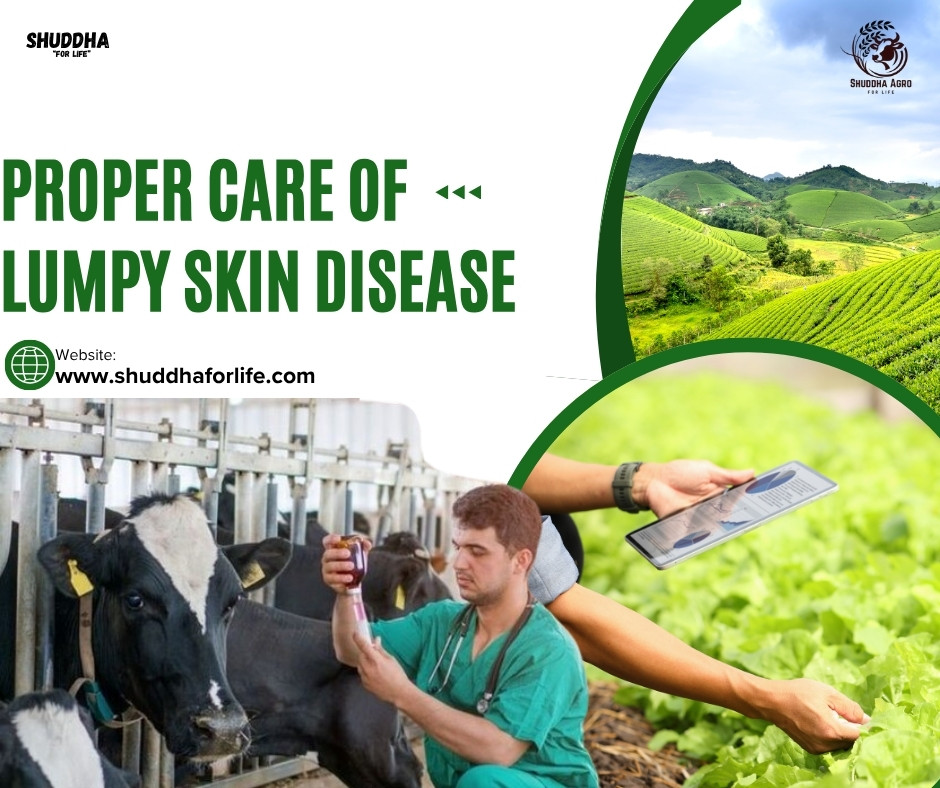
Symptoms and Prevention Measures
Common Symptoms | Prevention Methods |
High fever, depression | Vaccinate all cattle (above 6 months old) |
Firm skin nodules (2–5 cm wide) | Spray insecticides and clean animal sheds |
Swelling of limbs, brisket | Quarantine sick or newly introduced animals |
Nasal/eye discharge | Keep drinking water and bedding clean |
Appetite and milk drop | Regular veterinary care and early diagnosis |
Infertility or abortion | Avoid movement of animals during outbreaks |
Survival vs. Death Ratio
LSD has a low fatality rate (~10%), its economic impact is high.
✅ Conclusion
LSD is spreading fast in Nepal, especially in monsoon-affected regions. However, it is preventable. Through timely vaccination, vector control, and proper biosecurity, farmers can protect their herds. Continued government support, awareness programs, and early disease reporting are essential to control the spread and protect Nepal’s livestock economy.
Related Posts
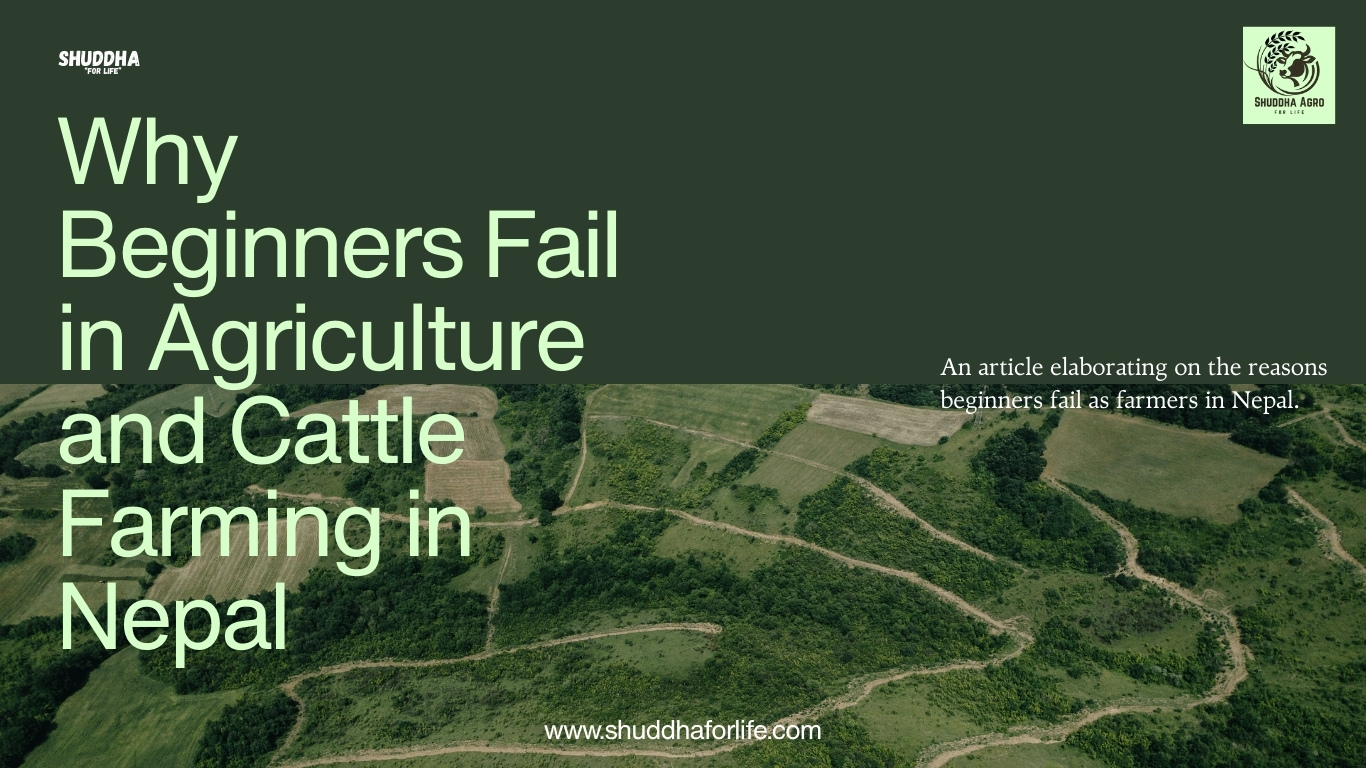
12 Aug, 2025
Why Beginners Fail in Agriculture and Cattle Farming in Nepal
an article to show attraction practices and failure reasons
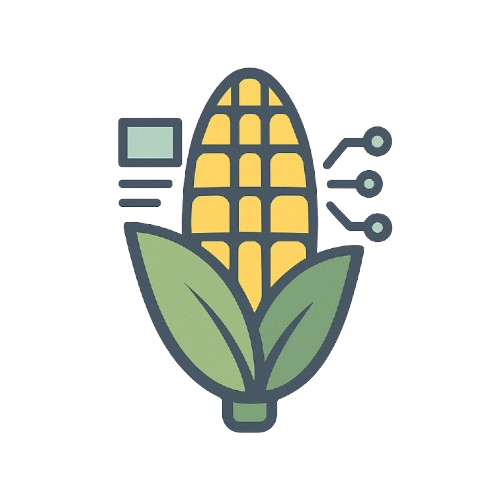 HOME
HOME
